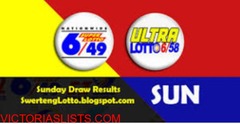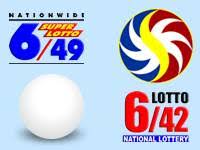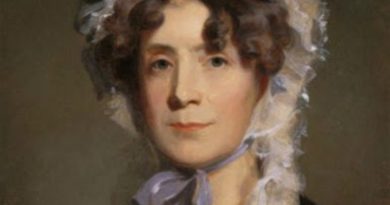PHONE-TRIVIA: You want to be a Millionaire? ‘What is a Wingdings’?
You want to be a Millionaire?
you must KNOW these..
- I. Some of us have two, three or more phones, but funny enough, almost half of the world’s population has never made a phone call!
Latest Mobile Phones (2019)
| Latest Mobile Phones | Prices |
|---|---|
| Samsung Galaxy M40 | Rs. 19,990 |
| OnePlus 7 | Rs. 32,999 |
| Realme 3 Pro | Rs. 13,999 |
| Xiaomi Redmi Note 7S | Rs. 11,290 |
–THIS SPACE BELOW IS RESERVE FOR YOUR ADVERTISEMENT –

- II. The world’s most hated font is Comic Sans. While there is no specific reason for the global hatred, it is true that this font is almost never used. Even the cryptic, misunderstood wingdings font is used more often.
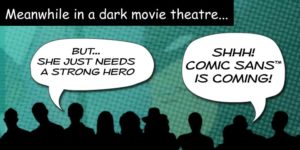
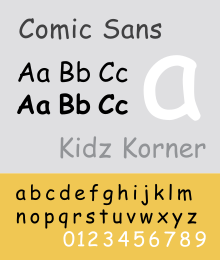 |
|
| Category | Script (typefaces) |
|---|---|
| Designer(s) | Vincent Connare |
| Foundry | Microsoft |
| Date released | October 1994 |
Wingdings
Jump to navigationJump to search
| Language(s) | Dingbat ornaments |
|---|---|
| Definitions | UTC L2/12-368 |
| Classification | Pi fonts |
| Other related encoding(s) | Webdings, Zapf Dingbats, Bookshelf Symbol 7 |
Wingdings is a series of dingbat fonts which render letters as a variety of symbols. They were originally developed in 1990 by Microsoft by combining glyphs from Lucida Icons, Arrows, and Stars licensed from Charles Bigelow and Kris Holmes.[1] Certain versions of the font’s copyright string include an attribution to Type Solutions, Inc., the maker of a tool used to hint the font.
None of the characters were mapped to Unicode at the time; however, Unicode approved the addition of many symbols in the Wingdings and Webdings fonts in Unicode 7.0.[2][3]
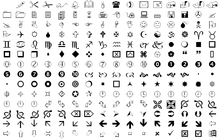
.
–THIS SPACE BELOW IS RESERVE FOR YOUR ADVERTISEMENT –

- III. It has been well over two decades since the first commercial text message was sent. The first commercial text message was sent in December of 1992.
–THIS SPACE BELOW IS RESERVE FOR YOUR ADVERTISEMENT –

- IV. Hitachi-Omron Terminal Solution, a Japanese company in the 1990s, created an automated teller machine (ATM) that kills the germs on bills before they are dispensed, by heating the money to 200° Celsius.
 The Japanese take pride in their cleanliness – one might go as far as saying that it’s a cultural obsession. So much so that the streets of Tokyo have been voted the cleanest in the world and they’re even host to a local litter-busting superhero called Mangetsu Man.
The Japanese take pride in their cleanliness – one might go as far as saying that it’s a cultural obsession. So much so that the streets of Tokyo have been voted the cleanest in the world and they’re even host to a local litter-busting superhero called Mangetsu Man.
In the 1990s, with the hygiene of bank notes coming to prominence, a subsidiary of Hitachi, called Hitachi-Omron Terminal Solutions, came up with an ingenious solution: an ATM machine that heats bills to 200 degrees Celsius (392F) to kill bacteria, before ironing and dispensing them.
Being a little known model from the 1990s, not a great deal of information is available online or from Hitachi, although it was mentioned in a Forbes post titled “The Problem With Dirty Money”, dated 1/31/2014.
.
–THIS SPACE BELOW IS RESERVE FOR YOUR ADVERTISEMENT –

- V. Martin Cooper made the first mobile phone call ever, in 1973, in New York. At the time, Martin Cooper was an employee of Motorola.
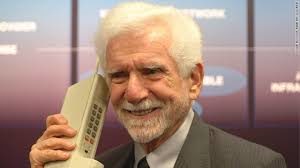
.
–THIS SPACE BELOW IS RESERVE FOR YOUR ADVERTISEMENT –

- VI. Nokia’s initial and primary business line when it was founded in 1865, was manufacturing papers. This was strictly kept until they designed and produced their first mobile phone, which was released around the 1980s.
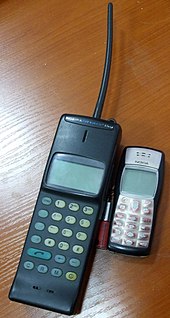 The Mobira Cityman 150, Nokia’s NMT-900 mobile phone from 1989 (left), compared to the Nokia 1100 , a GSM phone from 2003.[19][20]
The Mobira Cityman 150, Nokia’s NMT-900 mobile phone from 1989 (left), compared to the Nokia 1100 , a GSM phone from 2003.[19][20]
.
Nordic mobile telephone (1G)
In 1979, Nokia and Salora established a joint venture, “Mobira Oy”.[21]Mobira developed mobile phones for the Nordic Mobile Telephone(NMT) network, called the “1G” and was the first fully automatic cellular phone system. It became commercially available in 1981.[22] In 1982, Mobira introduced its first car phone, the “Mobira Senator” for NMT – 450 networks.[22]
In 1984, Nokia purchased Salora.[citation needed] Nokia’s telecommunications division was renamed “Nokia-Mobira Oy”. In the same year, the “Mobira Talkman”, an early portable phone was launched. In 1987, Nokia introduced its first mobile phone, the “Mobira Cityman 900” for NMT– 900 networks. In comparison to the NMT – 450 network, there was a better signal strength but less coverage. While the Mobira Senator of 1982 had weighed 9.8 kg (22 lb) and the Talkman just under 5 kg (11 lb), the Mobira Cityman weighed only 800 g (28 oz) including its battery. The phone, which was considered expensive, became an item indicating a high status.[10]
In 1987, the Soviet leader Mikhail Gorbachev was seen using a Mobira Cityman in Helsinki. The phone developed the nickname, the “Gorba”.[20] In 1989, Nokia-Mobira Oy was renamed “Nokia Mobile Phones”.
–THIS SPACE BELOW IS RESERVE FOR YOUR ADVERTISEMENT –

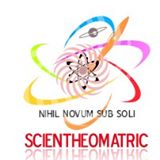 All photographs, news, editorials, opinions, information, data, others have been taken from the Internet..aseanews.net | asean
All photographs, news, editorials, opinions, information, data, others have been taken from the Internet..aseanews.net | asean





